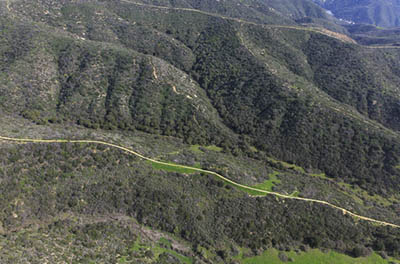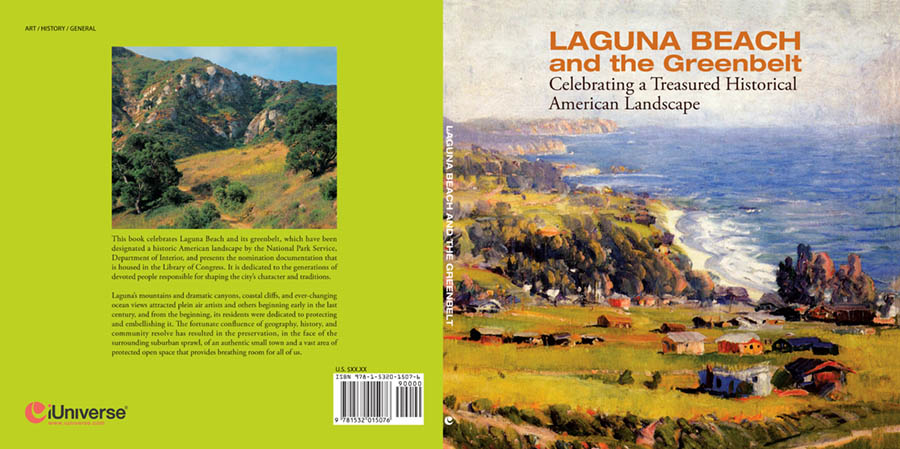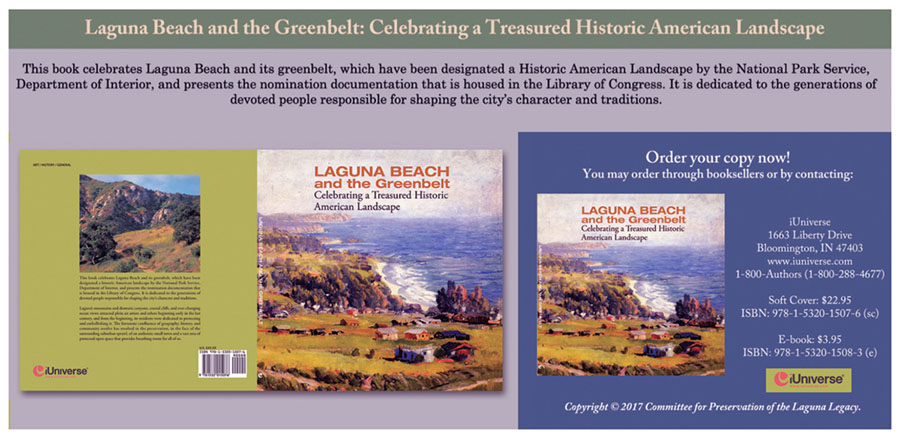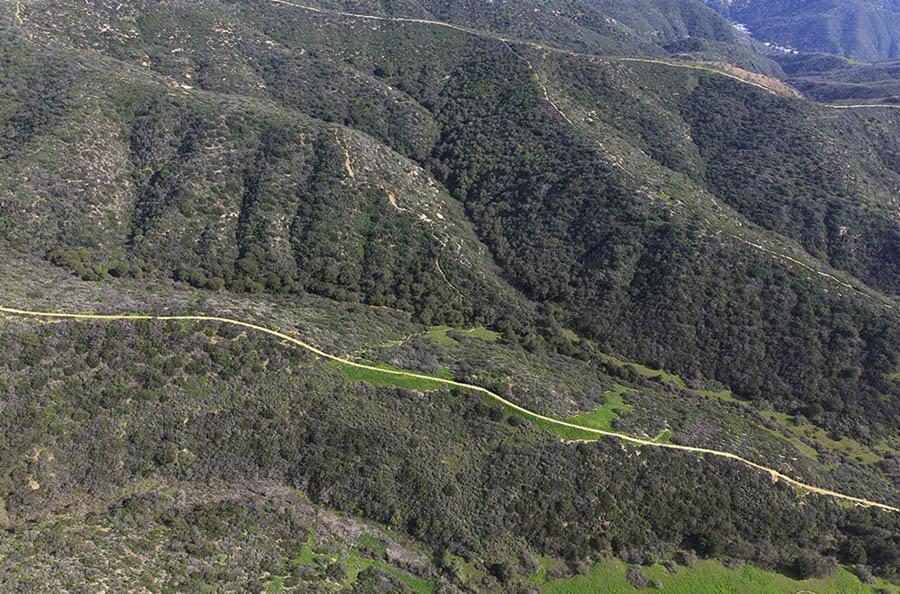Laguna Beach and Greenbelt

In 1933, during the Great Depression, HABS (Historic American Buildings Survey), the Federal Government’s oldest preservation program, was established to document and record the most significant structures in the United States –
Followed in 1969, by HAER (Historic American Engineering Record), Documentation produced through these programs constitutes the nation’s largest archive of historic architectural, engineering documentation.
In 2000, working with the National Park Service, American Society of Landscape Architects and the Library Congress, HALS (Historic American Landscapes Survey) was established to recognize the most historically significant landscapes of the country.

HALS has documented sites such as Mount Vernon, Camp Curry at Yosemite and Dumbarton Oaks in WDC.
The HABS/HAER/HALS collections are among the largest and heavily used by the American public in the Prints and Photographs Division of the Library of Congress. HALS builds on the HABS and HAER documentation traditions, while expanding the range of stories that can be told about human relationships with the land. HALS documents the dynamics of landscapes, as HABS and HAER have documented unique building and engineering structures and systems.” Since this program has gone online, it is also one of the most popularly searched collections at the Library of Congress.
“Preservation Through Documentation”
Historic landscapes are special places. They are important touchstones of national, regional, and local identity. They foster a sense of community and place. Historic landscapes are also fragile places. They are affected by the forces of nature, and by commercial and residential development, vandalism and neglect. They undergo changes that are often unpredictable and irreversible. For these reasons and for the benefit of future generations, it is important to document these places.
Laguna Beach and its greenbelt are worthy of recognition as a Historic American Landscape because the city’s beautiful and dramatic natural setting is intricately related to the community and artistic tradition that grew from it.
Its geological formations, natural vegetation, and coastal location attracted artists beginning around the turn of the last century.





